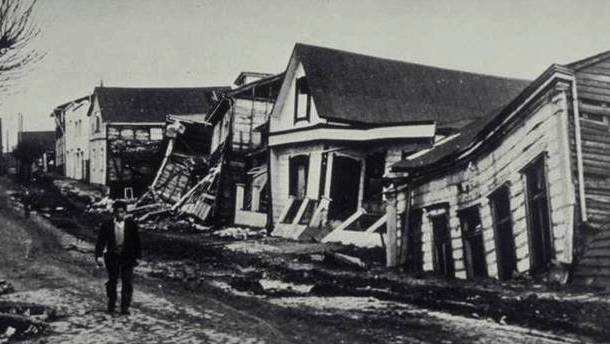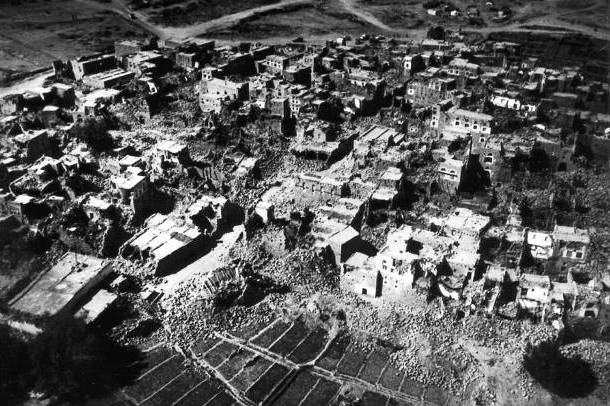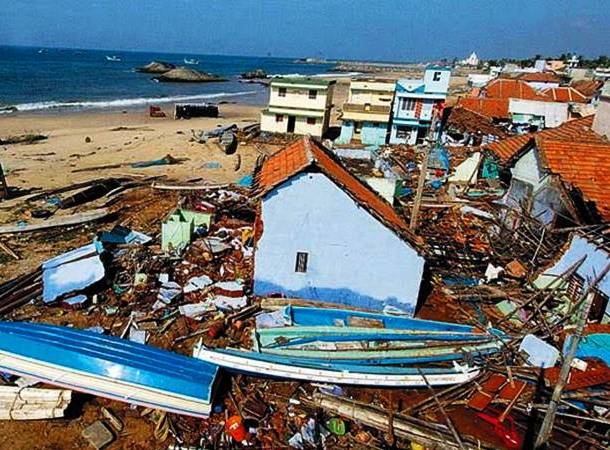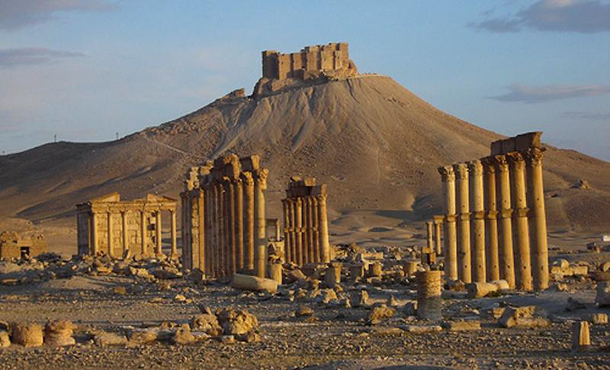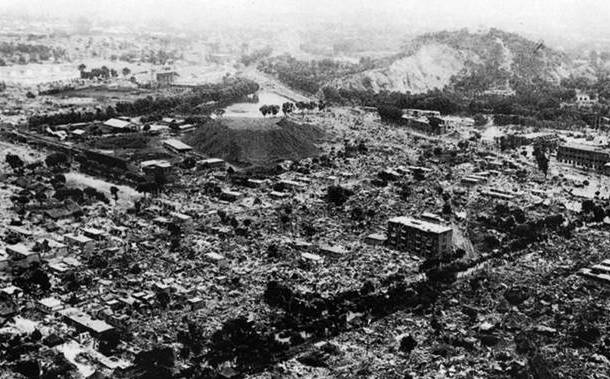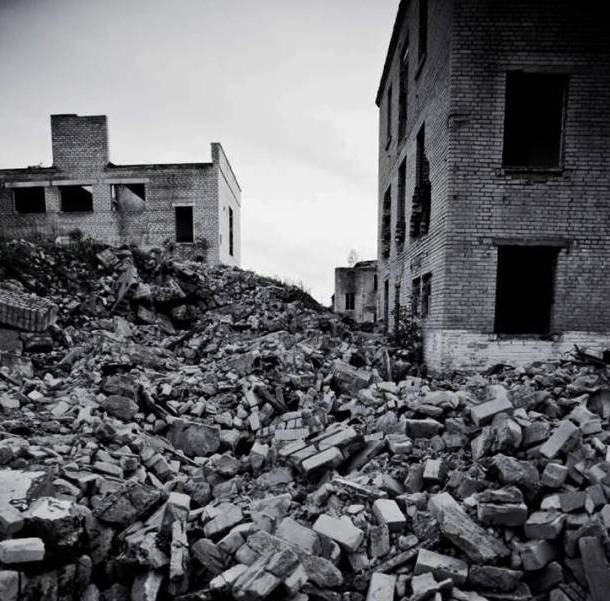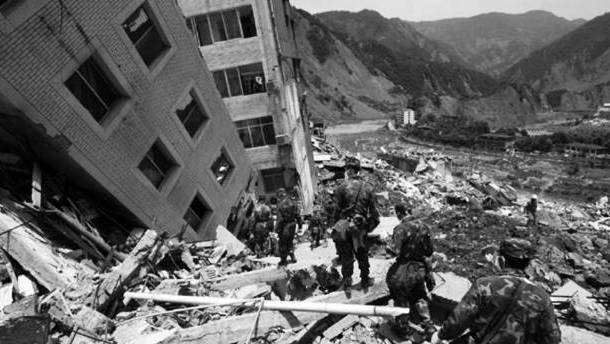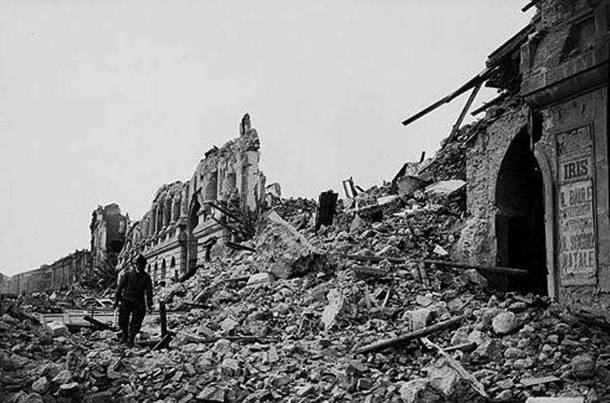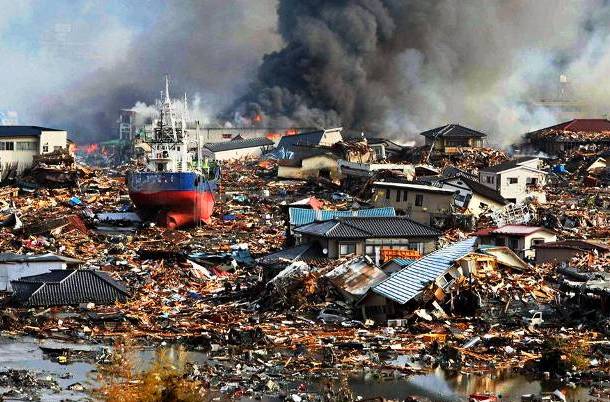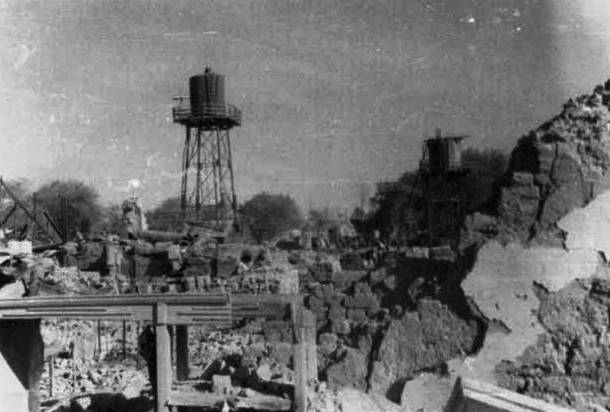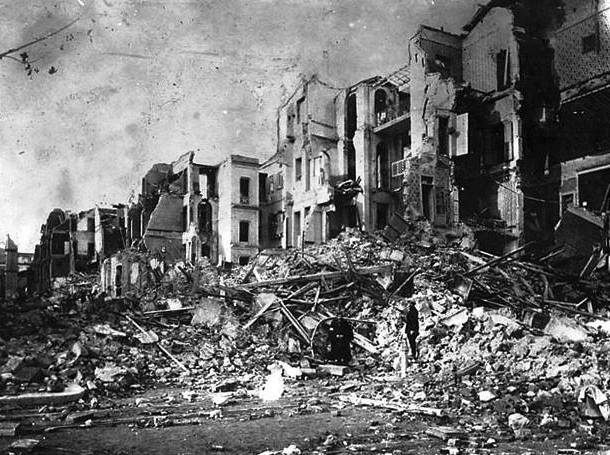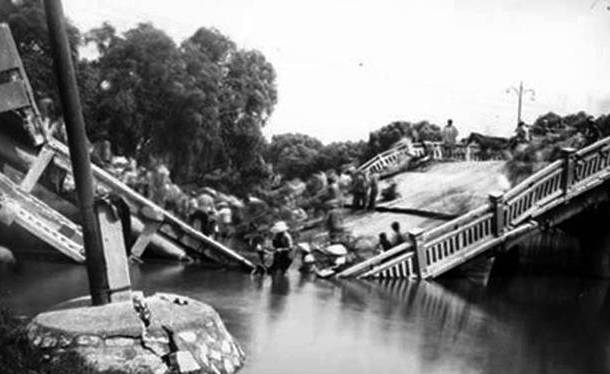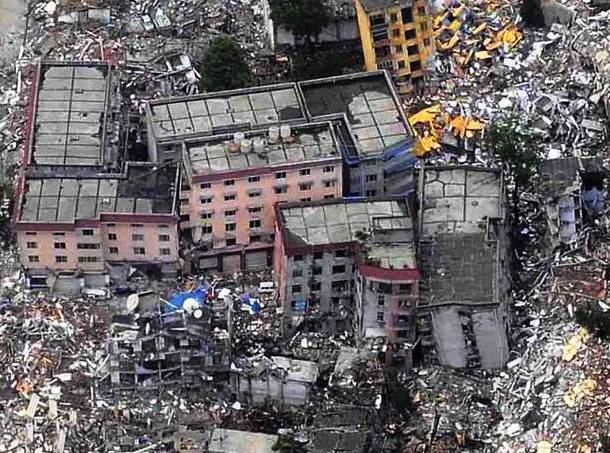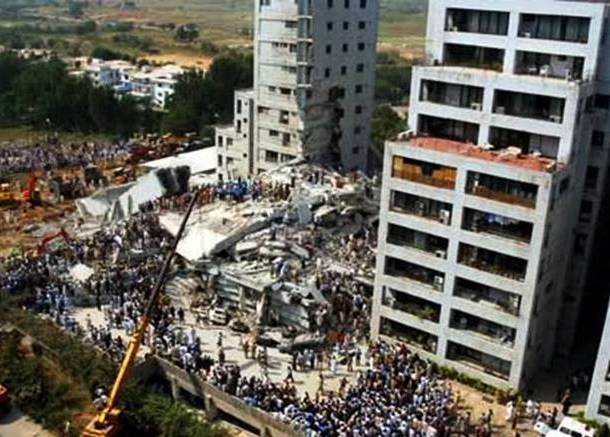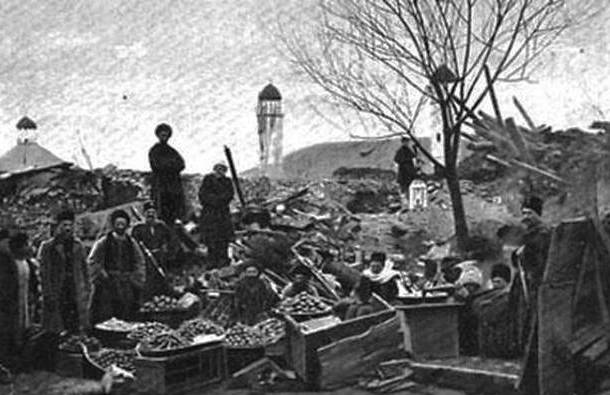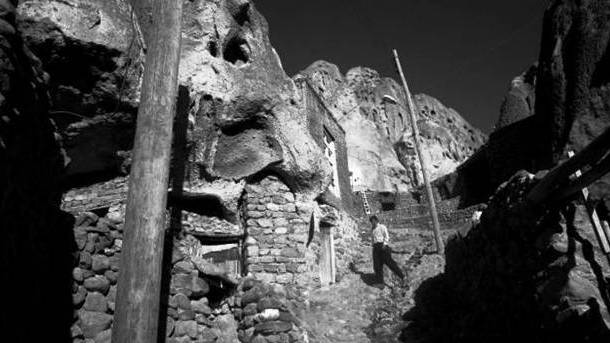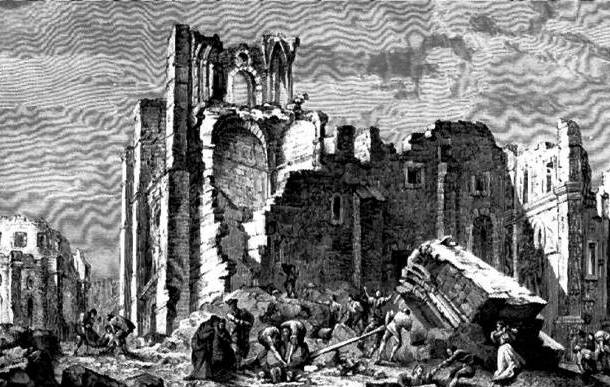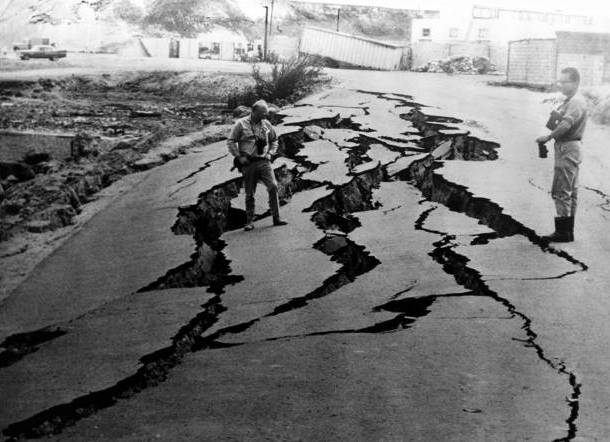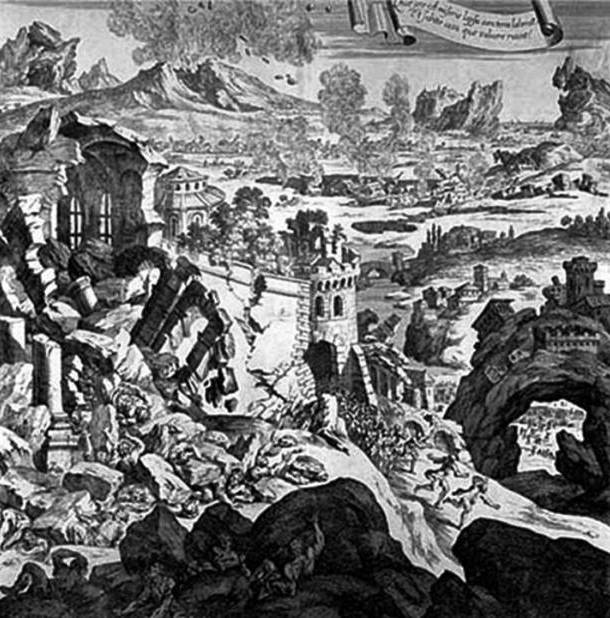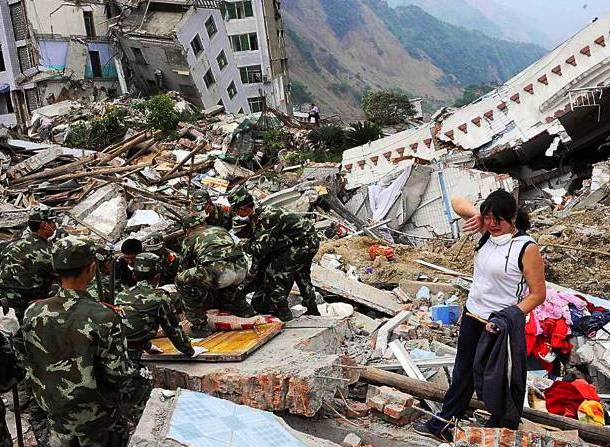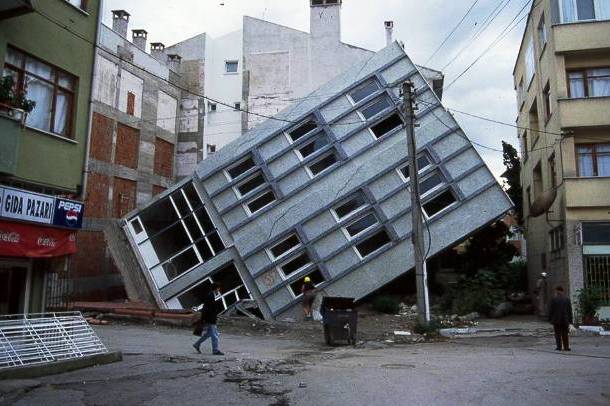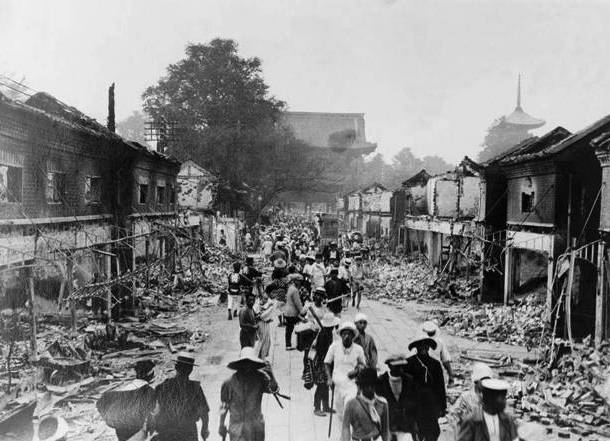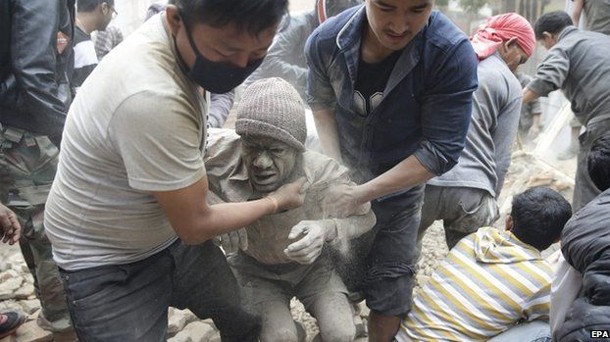From the Nepal Earthquake which caused the lives of over 5,000 people to Port-au-Prince, Haiti, we’re going to share with you 25 of the worst earthquakes in the world, both in the number of deaths and magnitude. This can be comparable to 1,000 atomic bombs going off at the same time. The earthquake was not only felt in Valdivia but also reached Hawaii, at a distance of 435 miles. While only 6,000 people died in the catastrophe, it incurred more than $1 billion worth of damages. The incident happened on January 23, 1556, in Shaanxi, China and devastated an area of 520 miles. It was felt in 97 countries; and resulted in more than 20 meters deep crevices and landslides, which collapsed numerous dwellings. The death toll of this devastating earthquake was 830,000, which is over 60% of the region’s population. Its magnitude was only 8.0 on the Richter scale or only 1-Gigaton, but the costs cannot be written in today’s terms. This was the second-highest seismic activity recorded with the longest duration of tremors. The after-effects even reached Maldives and Thailand. Additionally, more than 5 tsunamis hitting the coastlines of the Indian Sea. It had a death toll of 100,100 to 225,000 with over $7 billion worth of rescue and damage costs during the first 8.3 to 10 minutes alone. The earthquake, which had a magnitude of 8.5 or 2.8-Gigaton, was labeled as the fourth-worst earthquake disaster in the world. Catastrophes included a nearby church that fell on itself causing the death of 600 guards and citizens, and total death toll of 230,000. A number of towns near the tremor were completely destroyed and had to be rebuilt to become habitable again. The 8.2 magnitudes or 2.2-Gigaton quake only lasted for 10 seconds but brought a lot of devastation to the area. In addition, Tangshan is a region with a very low-risk for earthquakes, so the buildings were not earthquake-proof. The quake was 4 miles long and 5 miles wide, which left total damage of 10 billion Yuan or $1.3 billion. There were conflicting reports on its magnitude and death toll. Both the Chinese government and the United States Geological Survey (USGS) published different reports. Regardless of the details, the effects were felt for over 125 miles and aftershocks that lasted over 3 years. It struck on January 12, 2010 where at least 52 aftershocks measuring 4.5 or greater could still be felt even 12 days later. The earthquake left a devastating wake of 316,000 deaths, 300,000 injured and 1,000,000 people homeless. It was estimated that 250,000 houses and 30,000 commercial buildings had collapsed or were severely destroyed. It killed 40,900 people though there were other reports that the death toll could be as high as 200,000. The earthquake was not only deadly but it also brought large fractures, damages to over 500 schools and office buildings causing many people to lose their occupations. This was also linked to the Great Gansu Earthquake. It killed 200,000 people, with tremors that could be felt throughout the surrounding areas of Damghan causing these areas to be totally destroyed as well, though Damghan itself was not severely damaged. A great example was Bustam, a nearby town, which was completely leveled by the quake. Considered one of the top five largest earthquakes in the world, it caused destruction that claimed 15,878 lives, left 6,126 injured and 2,173 people missing across 20 prefectures. It also caused the collapsed of 129,225 buildings, while the tsunami brought about by the quake also caused severe structural damages, fires in many areas, and damages in roads and railways. This was the most difficult crisis Japan had ever faced after World War II as it did not only inflict damages to lives and properties but also caused significant damages. Four major nuclear power stations were completely ruined. Debris from the tsunami reached as far as Canada and Hawaii. This was once considered the deadliest earthquake in the history of Japan as it caused ‘the Great Tokyo Fire’ though the duration of the quake was only between 4 and 10 minutes. However, its record was surpassed by the 2011 Tohuku earthquake at a magnitude of 9.0. The fire alone claimed the lives of 140,000 people and destroyed 447,000 houses. This does not include those who died from landslides, tsunamis, and 57 aftershocks, which had estimated deaths of 93,000 people and 43,500 missing. Due to censorship, this was not reported in the media so there were no reports regarding its casualties or damages. Due to the secrecy, it was purported that the earthquake was the result of the Soviet Union’s first atomic bomb test. Media sources also vary on the number of casualties from 10,000 to 176,000, but a correct death toll was reported on December 9, 1988, as 110,000. The earthquake also caused the collapsed of brick buildings, concrete structures, and freight trains. The earthquake, which took place on December 28, 1908, caused the ground to shake for 30 to 40 seconds and was felt in a 186-mile radius. A 12-meter tsunami also hit the nearby coasts causing more destruction including the death of 70,000 residents with 91% of the structures in Messina destroyed. However, it has a maximum felt intensity of nine on the Mercalli intensity scale as it claimed the lives of some 100,000 people. It also destroyed 480 storehouses and countless homes in nearby areas, including the Fengguo Temple in Yingxian. It was so great that it was felt in nearby countries and as far away as Beijing and Shanghai where buildings swayed with tremors. Official figures for the damages include 69,197 deaths with 68,636 in Sichuan province, 374,176 injured and 18,222 missing. This was considered as the deadliest earthquake to hit China after the 1976 Tangshan earthquake, as it left 4.8 million to 15 million people homeless. The Chinese government is appropriating 1 trillion Yuan or $146.5 billion to rebuild areas ravaged by the great quake. The disaster had a death toll of 85,000 and more than 69,000 were injured. Considered to be smaller in size than the 1906 San Francisco earthquake. It affected countries in surrounding regions with 14,000 deaths in Jammu and tremors felt in Taijikistan and western China. It also cost a staggering $5.4 billion in aids from all around the world. It had a maximum felt intensity of ten and caused the death of 80,000 people. It had a focal depth of 12 kilometers with an estimated damage of over $25 million. Interpreted as an omen of misfortune or a demonstration of divine wrath, it contributed to the success of the Ottoman take-over of Tabriz in 1722 and on its economic difficulties, as well as the destruction of the city’s significant historical monuments. Seismologists today estimate the Lisbon earthquake in the range of 8.5 to 9.0 on the moment magnitude scale that has a deadly combination of subsequent fires and a tsunami. It totally destroyed Lisbon and its surrounding areas with an estimated death toll of between 10,000 and 100,000 people. aBecause of its devastating effects over large areas, this event resulted in the scientific studies of modern seismology and earthquake engineering. The disaster affected over 3 million people. It had a magnitude of 7.9 to 8.0 on the Richter scale with an intensity of VIII on the Mercalli scale, which lasted for 45 seconds. This caused the rock, ice, and snow avalanche on the northern wall of Mount Huascaran burying the towns of Yungay and Ranrahirca, which led to the death of 20,000 people in Yungay alone. The damages incurred tallied to 74,194 deaths, 25,600 missing people, 143,331 injured, and more than a million homeless. The estimated economic loss was more than half a billion USD with the entire communication system and basic facilities destroyed. Considered the most powerful in Italian history, it destroyed at least 70 towns and cities causing the death of 60,000 people. It was also followed by a tsunami that hit the Ionian Sea and the Straits of Messina, wiping out two-thirds of the entire population of Catania. It was about 200 kilometer northwest of Tehran. It destroyed 700 villages across the cities of Rudbar, Manjiil, and Lushan and cost $200,000,000 in damages, including 40,000 fatalities, 60,000 injured and 500,000 people homeless. The city of Izmit was very badly damaged and had a death toll of 17,127 and 43, 959 injured though other sources suggested that the actual figure for fatalities may be closer to 45,000 with a similar number of injured. Another report from September 1999 showed that the earthquake had destroyed 120,000 poorly-engineered houses, and heavily damaged 50,000 houses. It caused 2,000 buildings to collapse while 4,000 other buildings left severely damaged, and made more than 300,000 people homeless. It caused severe shaking that reached the Boso Peninsula and also caused a tsunami in the Suruga Bay, which destroyed the building that housed the statue of the Great Buddha at Kotuku-in. The devastation claimed the lives of at least 5,000 people while injuring 10,000 more with authorities warning that casualty numbers could rise. The devastating quake also destroyed major monuments such as the Dharahara tower, temples and world heritage sites near Kathmandu.
